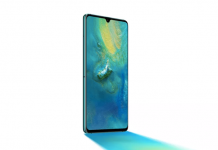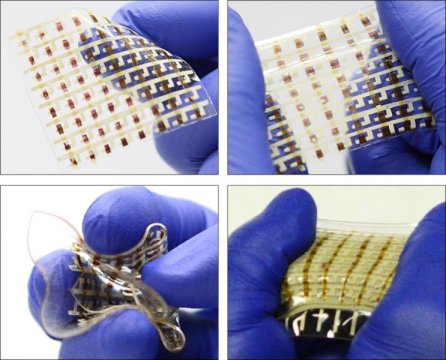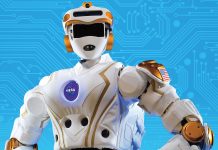A recent University of Houston study has furthered research into stretchable electronics, opening up exciting possibilities for application in fields as diverse as biotechnology and human-machine interfaces.
The results, published on Friday, February 1, in Science Advances, presents the latest discoveries in the development of stretchable semiconductors such as rubbery integrated electronics and rubber-based arrayed sensory skins.
The study states: “We report fully rubbery integrated electronics from a rubbery semiconductor with a high effective mobility … obtained by introducing metallic carbon nanotubes into a rubbery semiconductor with organic semiconductor nanofibrils percolated. This enhancement in carrier mobility is enabled by providing fast paths and, therefore, a shortened carrier transport distance.”
According to corresponding author on the paper Cunjiang Yu, Bill D. Cook Assistant Professor of mechanical engineering at the University of Houston, the research could contribute to important innovations in smart devices requiring high stretchability, such as robotic skins, implantable bioelectronics, and human-machine interfaces.
The latest paper continues Yu’s research in stretchable semiconductors, the researcher having previously reported another breakthrough in 2017.

Increased Carrier Mobility
The main progress has been in improving the carrier mobility of the semiconductors. Defined as the potential speed of electrons through a specific material, career mobility is important since it influences the ability of the transistors to amplify the current.
One of the biggest challenges of previous stretchable semiconductors was their low career mobility. With the addition of tiny amounts of metallic carbon nanotubes to the flexible semiconductor, Yu and the University of Houston Team have significantly improved the carrier mobility of the semiconductor, essentially created what Yu described as a “highway” that allows faster carrier transport.
According to Yu, further work will focus on continuing to raise carrier mobility and creating more complex digital circuits, thus allowing new applications in biomedicine, integrated circuits and other fields.
The research team also include first author Kyoseung Sim, co-authors Zhoulyu Rao, Anish Thukral and Hyunseok Shim, all from University of Houston, and Hae-Jin Kim, former UH postdoctoral research currently with Gyeongsang National University in Jinju, Korea.
More details can be found at https://www.sciencedaily.com/releases/2019/02/190201142400.htm.






























